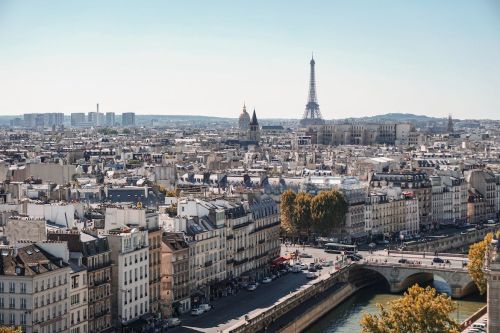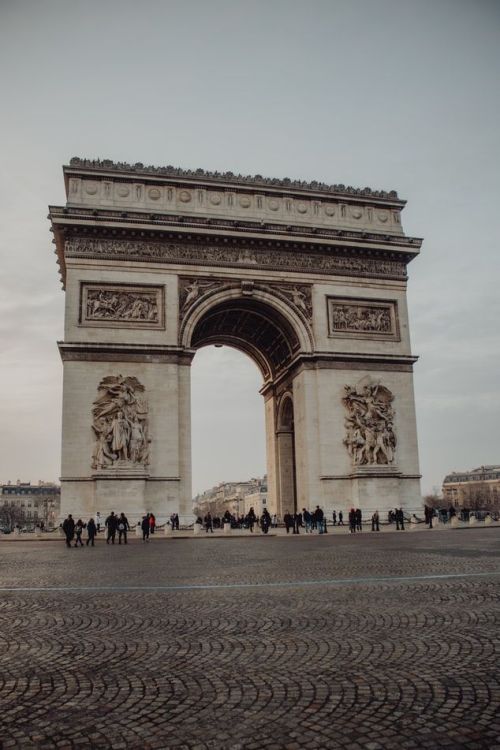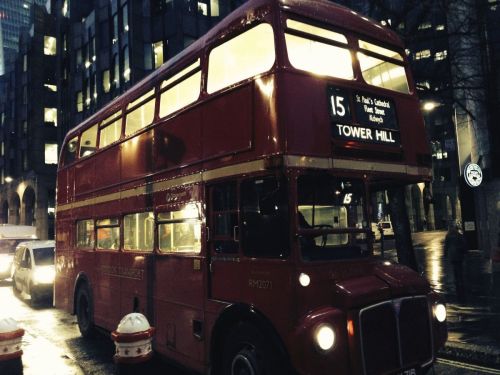Martinique is a French overseas territory located in the Caribbean. Its history is related to French colonization and the slave trade.
As part of the Lesser Antilles, Martinique often referred to as the "Island of Flowers", is a true paradise on earth. It attracts tourists with its white beaches, turquoise waters, lush vegetation, and unique culture embodied in a harmonious combination of African, European, and Indian influences.
It is a place that everyone who takes their first steps on its shores falls in love with.
The Lesser Antilles is part of the Antilles, a group of islands located in the Caribbean Sea, stretching in an arcuate manner for 4.5 thousand kilometers (these islands were discovered by Christopher Columbus in 1492-1504). The Lesser Antilles stretches for approximately 1900 km and separates the Caribbean Sea from the open Atlantic Ocean.
The Lesser Antilles are divided into the Windward Islands, which include Martinique, the Windward Islands, Tobago, and Trinidad.
In Martinique, the official language is French, however, the native language of the majority of the population is Martinique Creole - a French Creole (Antelian) language.
The Martinicans also called their island "Matinino", which means "Island of Women", and this name Christopher Columbus heard during his visit to the island in 1502.
Historian Sydney Daney believes that the Caribs (the indigenous people of the Lesser Antilles) are called Martinique Jouanacaëra or Wanakaera, which means "iguana island".
The mountains covering it are rather low mountains that form cliffs along the coasts. The area of the island can be divided into three zones: mountainous in the north with the two highest points of the island - Mont Pelee and Pitons du Carbet, the Lamentin Plain in the center, and a hilly region in the south consisting of the remains of old volcanoes.
The name of the volcano in French means "bald mountain". It was granted around 1635 by the first European settlers. The eruptions of this volcano are rare but violent (so-called Pelean type).
The most famous eruption was the one on May 8, 1902, when a pyroclastic avalanche destroyed the nearby city of Saint-Pierre, causing the death of about 30.000 people. Only three people survived the eruption, including Louis-Auguste Cyparis, who was then a prisoner locked in a dungeon.
The city of Saint Pierre, once called the "Paris of the Caribbean", was nicknamed the "grave of the Caribbean" after the volcanic eruption.
Its total area is 1,128 square kilometers, of which 40 square kilometers is water and the rest is land. The island, also called the "Pearl of the Antilles", lies 25 km south of the island of Dominica and 37 km north of the island of Saint Lucia.
Martinique is 73 km long and 39 m wide. Its coastline is approximately 350 km long. 9.4 percent of the island is urbanized, and crops cover 11.3 percent of its area.
Martinique has a tropical climate, and the rainy season lasts from June to October. The north of the island is humid and covered with lush vegetation. The south of the country has a drier climate and is where most of the tourist attractions are located.
Hurricanes may occur in Martinique from June to November.
This is the effect of volcanism in that area, where there are 4 main active or extinct volcanic belts. The central and southern part of the island is populated, and covered with fields, and the elevations do not exceed 400-500 m above sea level. The coastline of the southern part of the island is full of picturesque coral bays with white sand.
Martinique has many rivers, but none of them are large. The most important of them are the Lorrain, Galion, Capote, and Lezarde, which flow through the center of the island.
These small carnivorous mammals were introduced to control the population of snakes (Bothrops lanceolatus known as Fer-de-Lance). However, they have become a particularly troublesome species because they feed on bird eggs and have exterminated or endangered many native birds.
In the 1st century AD, the Arawak people arrived from the Orinoco region in Venezuela and settled on the island, and around the 11th century, they were joined by the Caribbean. The Arawaks are described as gentle, timid Indians, and the Caribbeans as fierce cannibal warriors.
Columbus charted Martinique without landing on it in 1493, during his first voyage, but Spain was not interested in the territory. He found himself on the island only in 1502 and spent three days there.
The indigenous inhabitants then called Martinique "Matinino". Columbus learned from the inhabitants of San Salvador that the island of Matinino was entirely inhabited by women, who were visited by Caribbean men at certain times of the year. If these women gave birth to sons, they placed them under the care of their fathers.
The first European settlement was established there in Fort Saint-Pierre (now St. Pierre). The indigenous inhabitants of the island repeatedly rebelled against the French settlers, and in 1658 there was an armed intervention, during which many Caribbean people died. Those who survived were taken prisoner and expelled from the island. They settled in neighboring Dominica and Saint Vincent.
Under the rule of the French governor Charles de Courbon, comte de Blénac, Martinique became the home port for French pirates: Captain Crapeau, Étienne de Montauban, and Mathurin Desmarestz.
Later (17th/18th century), the Welsh pirate Bartholomew Roberts, also known as Black Bart or Bart Roberts, who operated in the vicinity of Martinique and Barbados, stylized his pirate flag called "jolly roger" into a black flag depicting a pirate standing on two skulls with inscribed "ABH" and "AMH" for "A Barbadian's Head" and "A Martiniquan's Head)" symbolizing the heads of the governors of these islands who sent warships to capture Roberts.
Britain controlled the island for most of the time from 1794 to 1815, when it was sold to France after the end of the Napoleonic Wars.
Since then, Martinique has remained the property of France as an overseas territory.
Revolts by plantation slaves, as well as abolitionist campaigns, convinced the French government to abolish slavery in the French West Indies (French dependencies in the Antilles) in 1848.
Martinique was the first French overseas territory where, on May 23, 1848, a decree abolishing the death penalty was introduced.
German submarines used the island to refuel and resupply during the Battle of the Caribbean. Free French forces took over Martinique on Bastille Day, July 14, 1943.
In 1946, the French National Assembly voted unanimously to transform the colony into an Overseas Department of France.
It is a single territorial collectivity of the French Republic. The island's inhabitants are French citizens with full political and legal rights. It is part of the European Union as the outermost region within the special territories of members of the European Economic Area. It is not part of the Schengen area or the European Union Customs Union. The currency in Martinique is the euro.
It consists of a red triangle on the left side and two horizontal stripes, the upper green and the lower black. The Assembly of Martinique flies a flag with the collective logo to represent the government.
Most tourists come from mainland France, Canada, and the United States. About 16 percent of all companies on the island (about 6000) are in the tourism sector.
Bananas are grown there on an area of over 7200 hectares, where 220.000 tons of this fruit are produced. This production employs 12.000 people.
The city, located on the west coast of the island, is the main economic center and seaport of Martinique. Fort-de-France is the site of one of France's main naval military bases in the Caribbean.
The city developed a food industry, especially sugar refineries and rum distilleries, as well as a thriving tourist center with three forts from the 18th and 19th centuries. A particular attraction is the monument to Joséphine de Beauharnais, Napoleon's wife, born in Martinique, on an estate near the present-day town of Trois-Îlets on the other side of the bay. The monument stands in the La Savane city park, which is currently in liquidation (a modern shopping center is to be built in its place).
The island has 49 parishes and several historic places of worship, such as the Saint-Louis Cathedral in Fort de France, the Church of the Sacred Heart in Balata, and the Cathedral of Our Lady of the Assumption in Saint Pierre.












